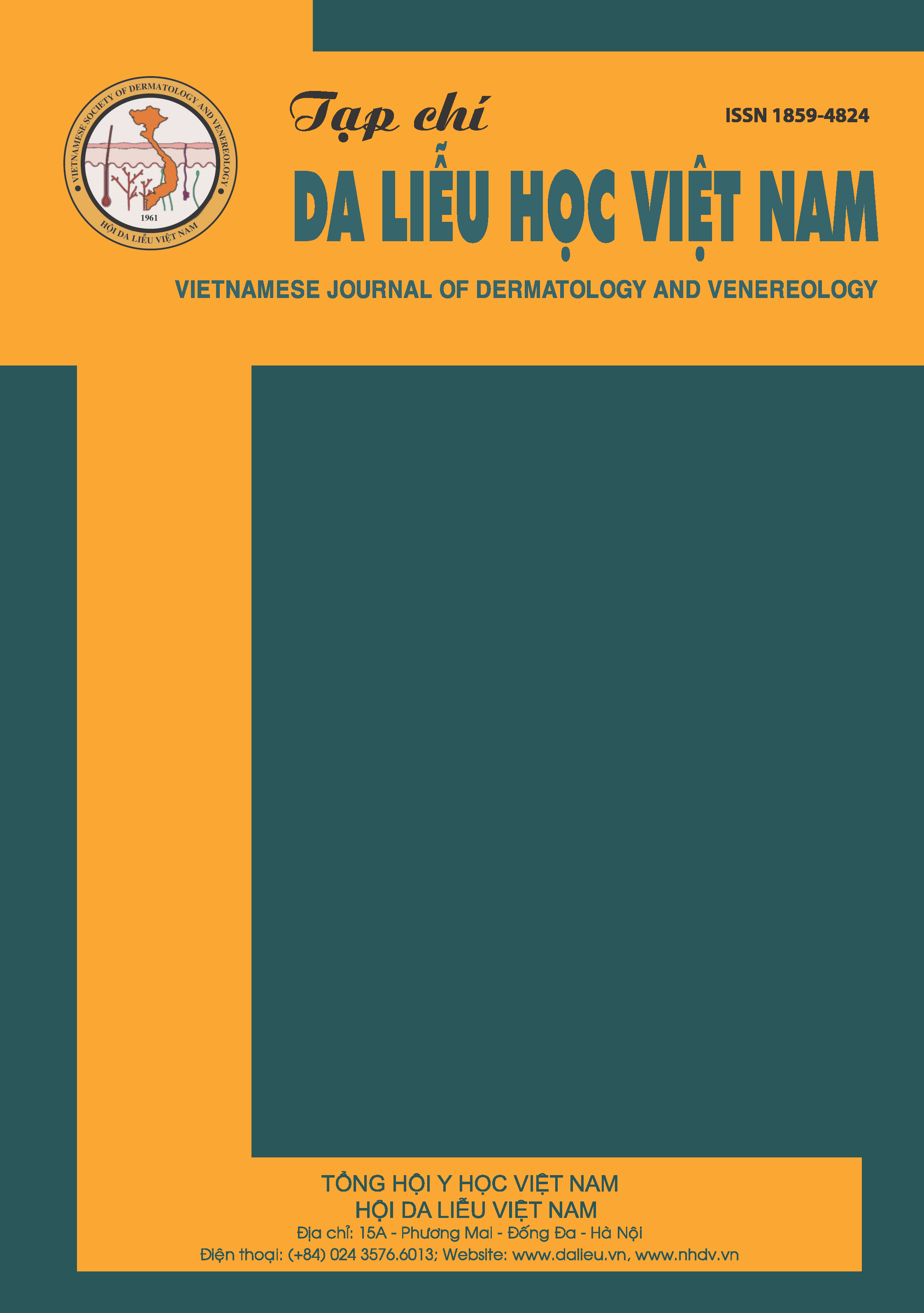ERUPTIVE XANTHOMA: A CASE REPORT
DOI:
https://doi.org/10.56320/tcdlhvn.36.80Abstract
Xanthomas are well-circumscribed lesions
in the connective tissue of the skin, tendons, or
fasciae that predominantly consist of foam cells;
these specific cells are formed from macrophages
as a result of an excessive uptake of low-density
lipoprotein (LDL) particles and their oxidative
modification1
. The clinical variants of cutaneous
xanthomas include eruptive xanthomas,
tuberous xanthomas, tendinous xanthomas,
plane xanthomas (including xanthelasma), and
verruciform xanthomas. Xanthomas can present
as early manifestations of systemic disorders
and uncommonly as sole manifestations. Early
recognition and treatment of the underlying
condition decrease morbidity and mortality.
Eruptive xanthomas are highly suggestive of
hypertriglyceridemia and are often associated
with serum triglyceride levels exceeding 1500 to
2000 mg/dL. Occasionally, eruptive xanthomas
are the initial sign of diabetes. Eruptive
xanthomas have also occurred in association with
hypertriglyceridemia-induced pancreatitis2





